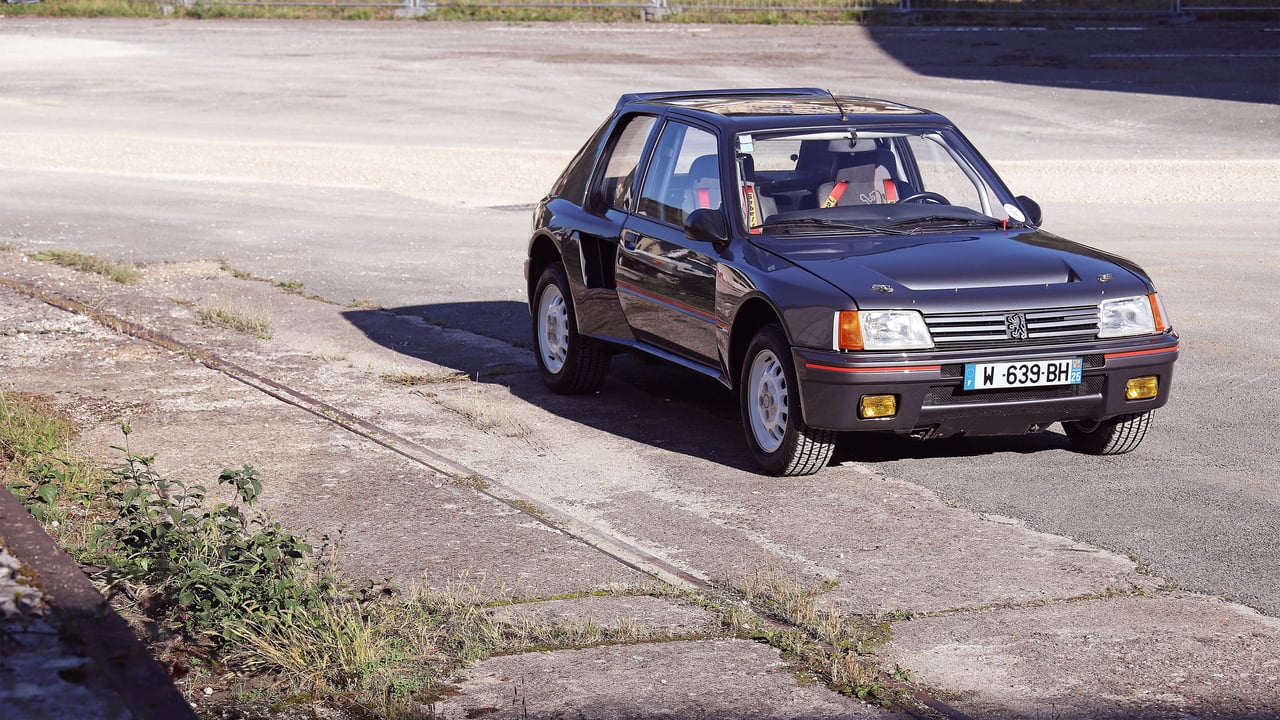
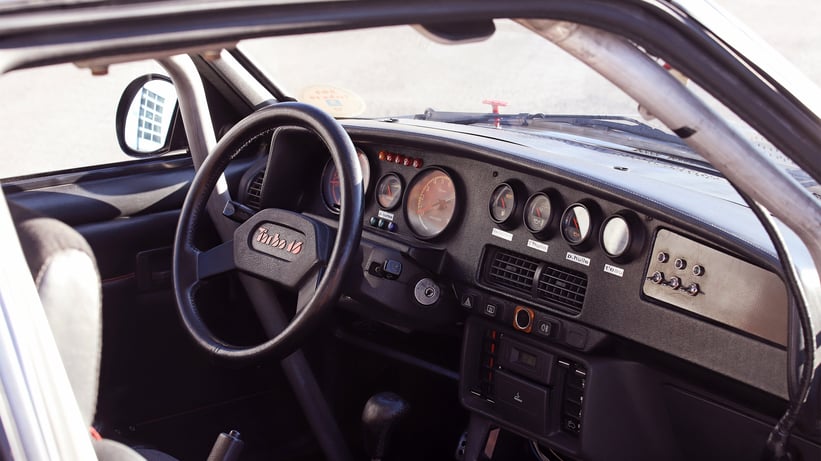
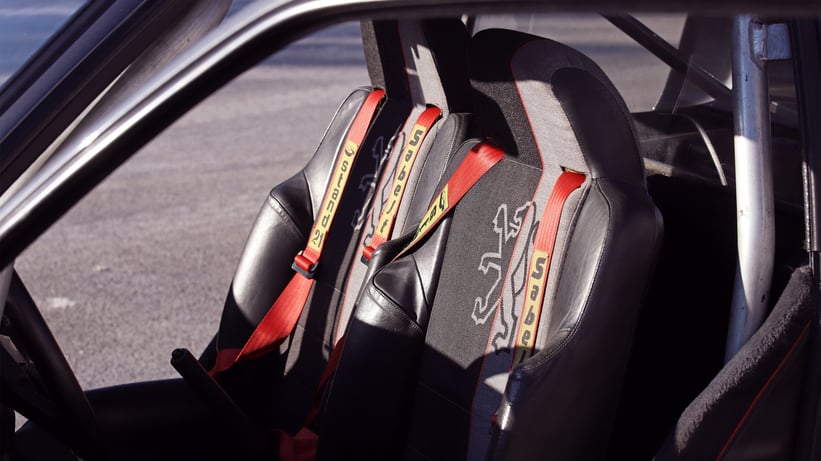
Think of the sometimes sporty, sometimes simple, sometimes drop-topped hatchbacks of the early 1980s, and we can almost guarantee a three-degit sequence of numbers will spring to mind. While some car brands seek to push the envelope of innovation, performance and refinement, Peugeot knew they’d struck gold with the foundations of the 205, and the fun part was making a car that suited almost every single type of driver.
Before delving a little deeper into the outrageously cool and oh-so-1980s 205 Turbo 16 you see before you, it’s important to understand the history of how the 205 came to be, and its importance in the French automotive industry. Jean Boillot, a member of the Peugeot’s board of directors at the end of the 1970s, is the gentleman we in the boxy hatchback-loving cult need to thank. It was Boillot who, at a difficult time for the company, came up with the project of a new small car that would take on a far more ambitious role than any other small car in the brand’s history, a car that was as comfortable in the city as on country roads, capable of transporting a small family, all while being attainable by the masses.
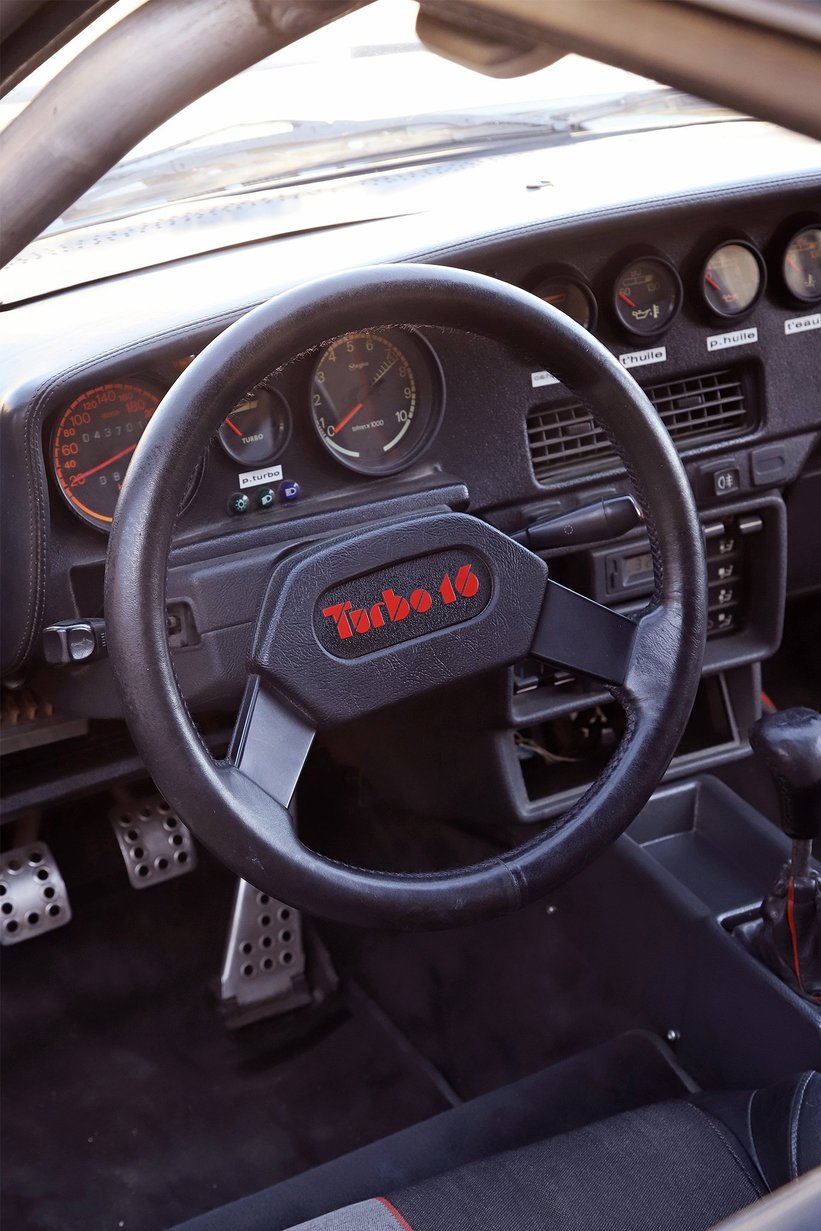
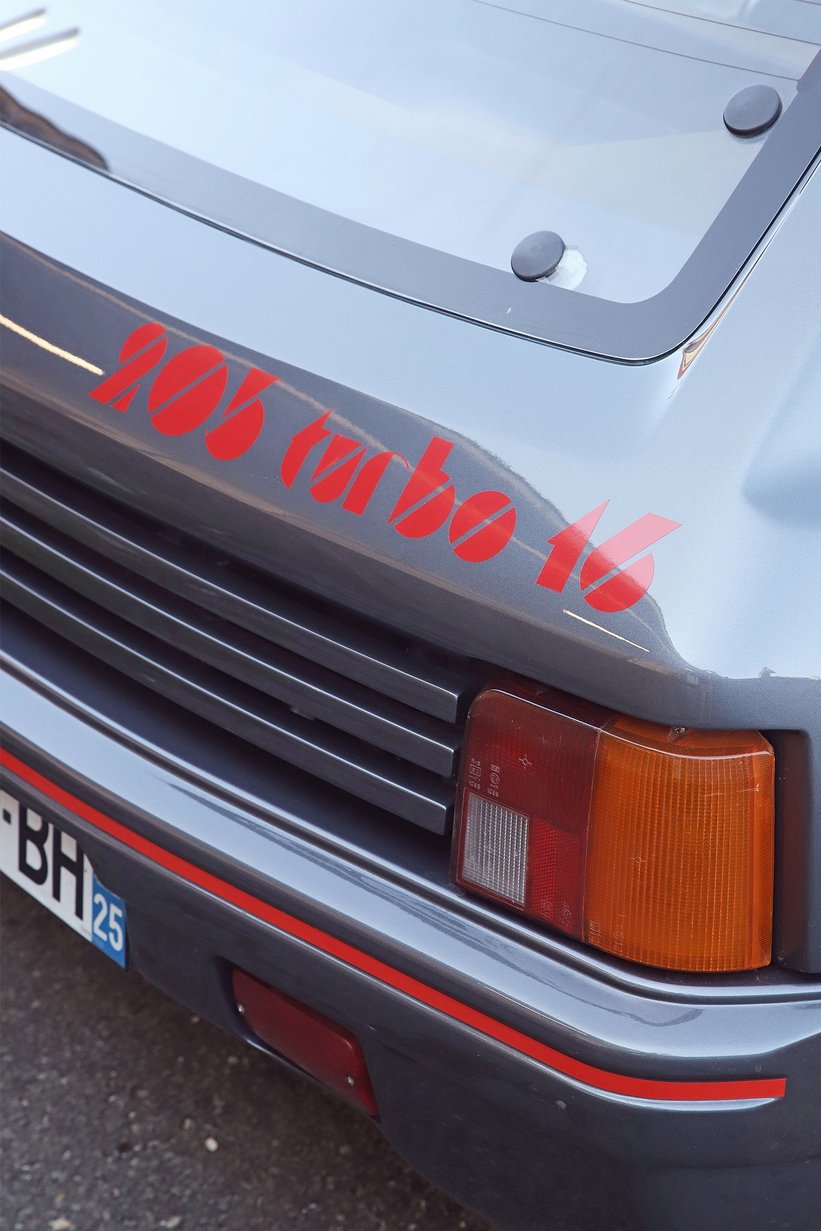
First launched to the world 40 years old back in 1983, the 205 came with four petrol engines and one diesel, but demand quickly grew for a spicier version. After just one year, the now legendary GTI would make its mark on the world. As popularity grew, so too did the desire for competition, which would act as the ultimate marketing tool, just as the saying goes, “race on Sunday, sell on Monday”. Under the watchful eye of Jean Todt, Peugeot had their sights firmly set on the most demanding and dangerous discipline of the World Rally Championship - Group B - and so, the 205 Turbo 16 was born.
During its first season, Ari Vatanen made a mighty first impression behind the T16, winning three rallies. The T16's all-terrain prowess secured Peugeot the manufacturers' world title in both 1985 and 1986, as well as handing Timo Salonen and Juha Kankkunen the drivers' titles in those same years. In fact, while many rally fans would initially think the fearsome Audi Sport Quattro or flamboyant Lancia Delta Integrale were the biggest prize winners of the short-lived Group B era, that crown belongs to the 205 T16, winning a staggering 16 WRC events out of 26 entries.
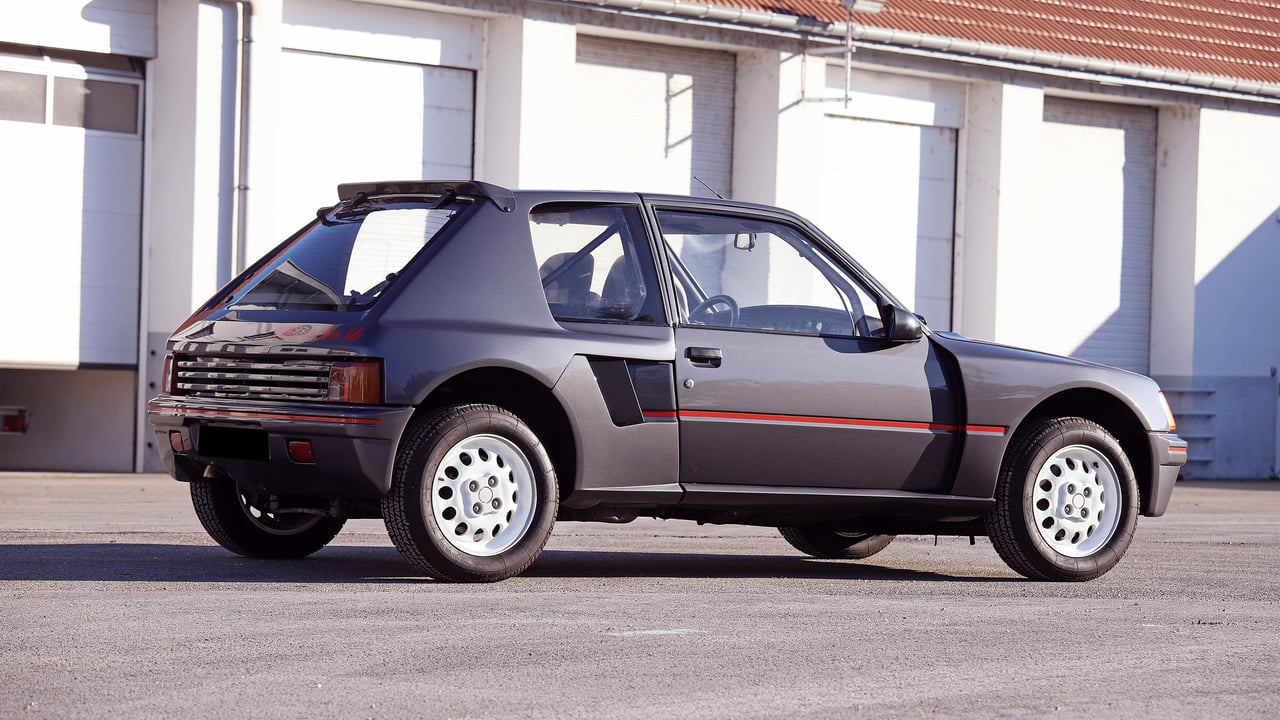
While the dirt roads were filled with glory, Peugeot wanted their road-going, homologation variants to be just as dominant. 200 examples, including the one you see before you, were produced between 1984 and 1985, and much like other homologation specials from Audi, Lancia, Ford and MG, the 205 Turbo 16 shared very little with the normal passenger cars they were adapted from. This is abundantly clear with the 205 T16, sharing only the windscreen, doors and headlamps from the mass-production 205. Strangely enough, Peugeot felt the 45 horsepower, front-mounted engine wasn’t going to be punchy enough to dethrone the howling Audi 5-cylinder, instead deciding on a mid-engine placement for the twin-cam 16-valve turbo four cylinder.
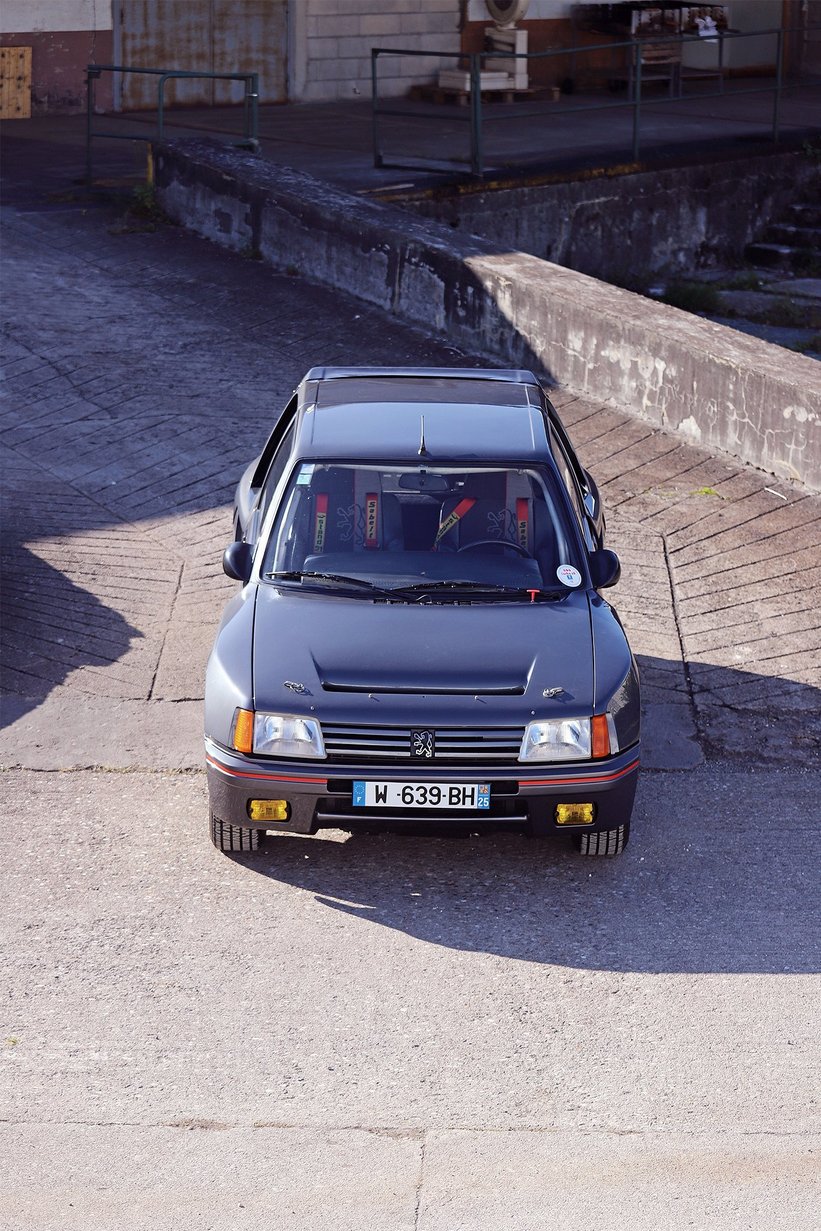
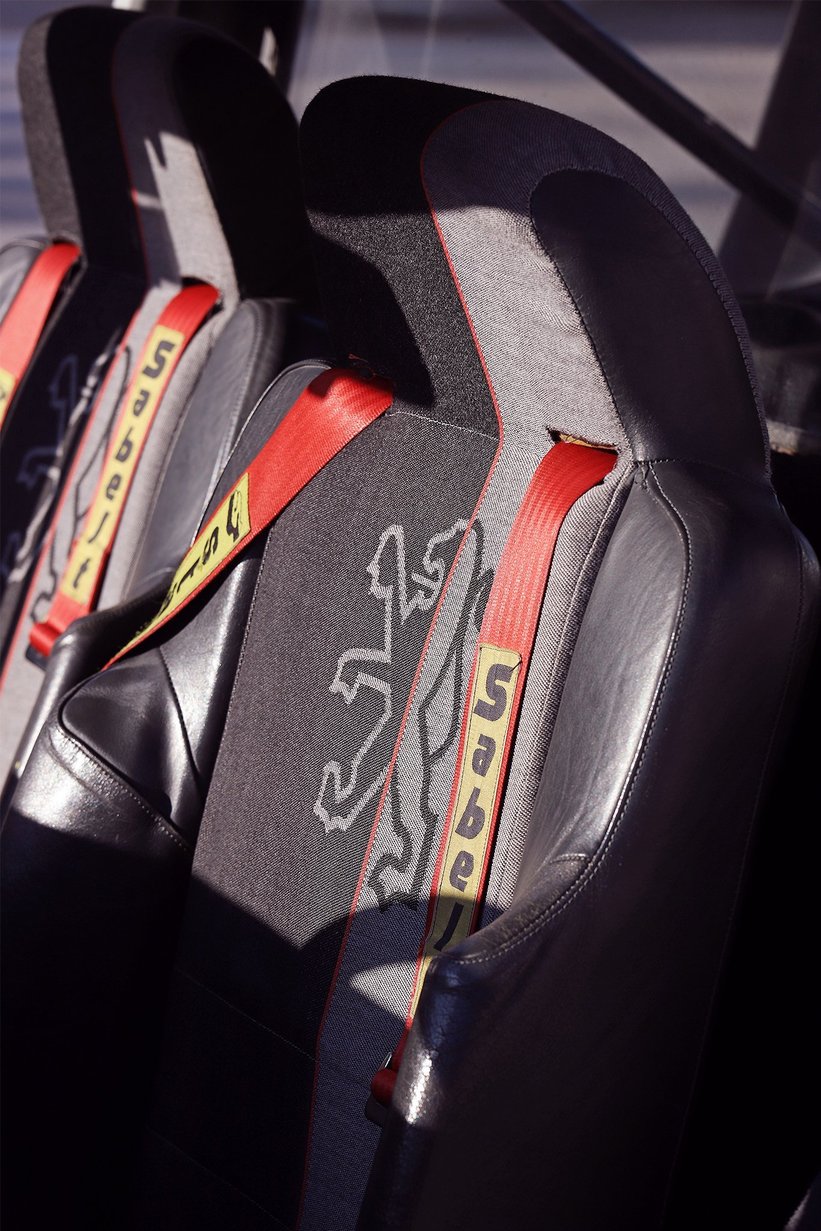
The innovative work within the engine and chassis components on the 205 Turbo 16 are a sight to behold, the transverse-mounted engine and gearbox are merely inches away from the driver and passenger’s eardrums, creating an almost perfect weight distribution, at a reported 45:55. Its intelligent 4WD system would allow 75% of the power to be sent to the rear, aiding in its agility, all while being able to lock the axles if desired for maximum off-road manoeuvrability.
Aside from the prototype, which was finished in white, all the T16 homologation cars were painted an identical shade of grey like this fine example. While you wouldn’t be expecting luxury from a simplistic hatchback such as the 205, the T16 replaces any form of refinement with pure theatre and emotion. Its gauge-filled dashboard was trimmed in leather, matching those heavily bolstered bucket seats, which sit higher than conventional cars due to the fuel tank placement being directly under the seats. You know, for weight distribution and all. This sparce interior, mixed with a complete lack of front-end luggage space thanks to its spare wheel and strut braces, means the T16 isn’t exactly the perfect long-distance cruiser, but treat it to some twisty curves and it will reward you handsomely!
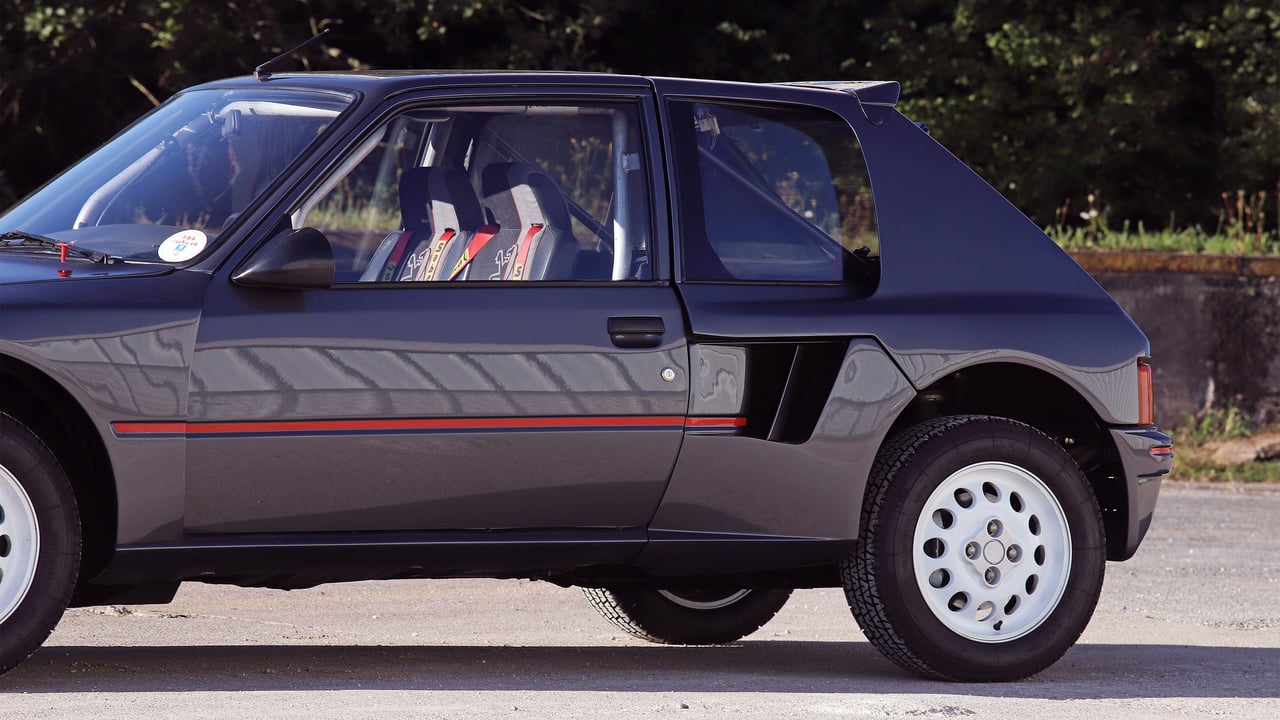
Visually, the 205 T16 has all the hallmarks of a future icon. Perfectly period boxy lines, pronounced extended wheel arches and huge air scoops behind its doors all add to the drama of this homologation special. If you haven’t already turned enough heads as you roll up on a local car meet, opening the large clamshell tailgate and revealing the whole rear chassis and powertrain is most likely the ticket to causing a stir. Whilst earning cool points is great, this rear shell was designed specifically for on-the-fly repairs while out on the rally stages, where the closest rock or plank of wood played substitute for your best 10mm spanner.
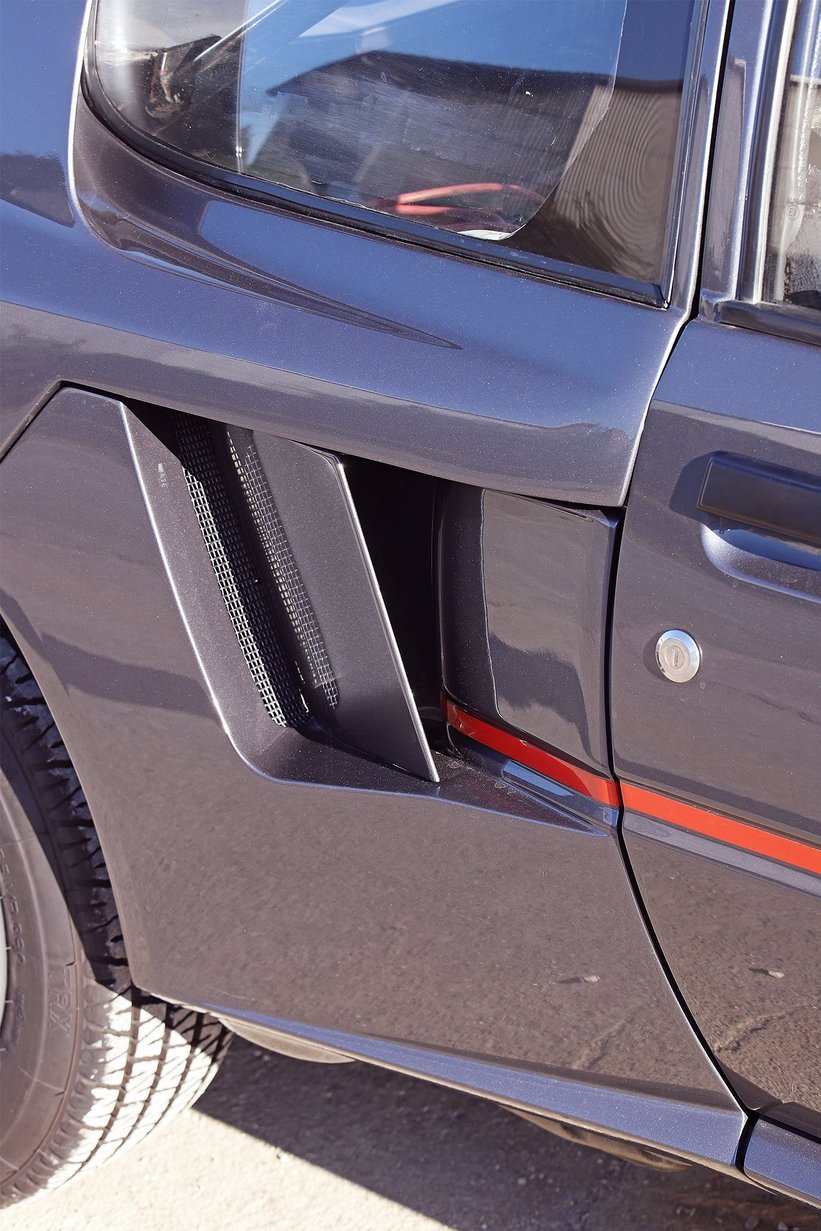
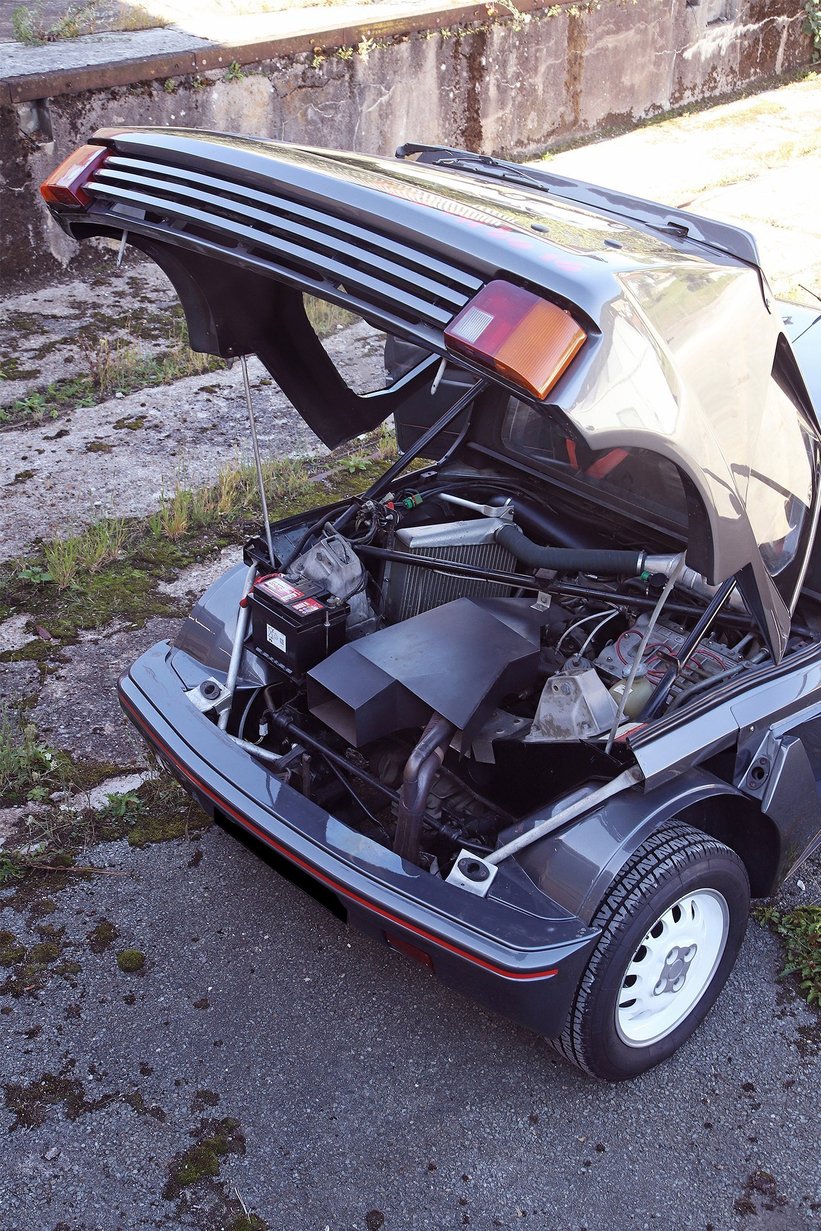
This remarkable example, ordered new to Ajaccio, France, was fitted with a customer competition kit, including an aluminium roll bar, a special exhaust manifold, bucket seats, harnesses, and safety equipment. It was then entered into the 1984 Rallye du Maquis. The team was in 4th place when an electrical problem forced them to retire, while dramatically the same issue took occurred at the 1985 Tour de Corse. For the independent outfit, the price of running such a highly-strung competition car became too costly, and the car was sold to an enthusiast living in the Côte d’Azur. Today, this T16 shows a mere 44,000km from new.
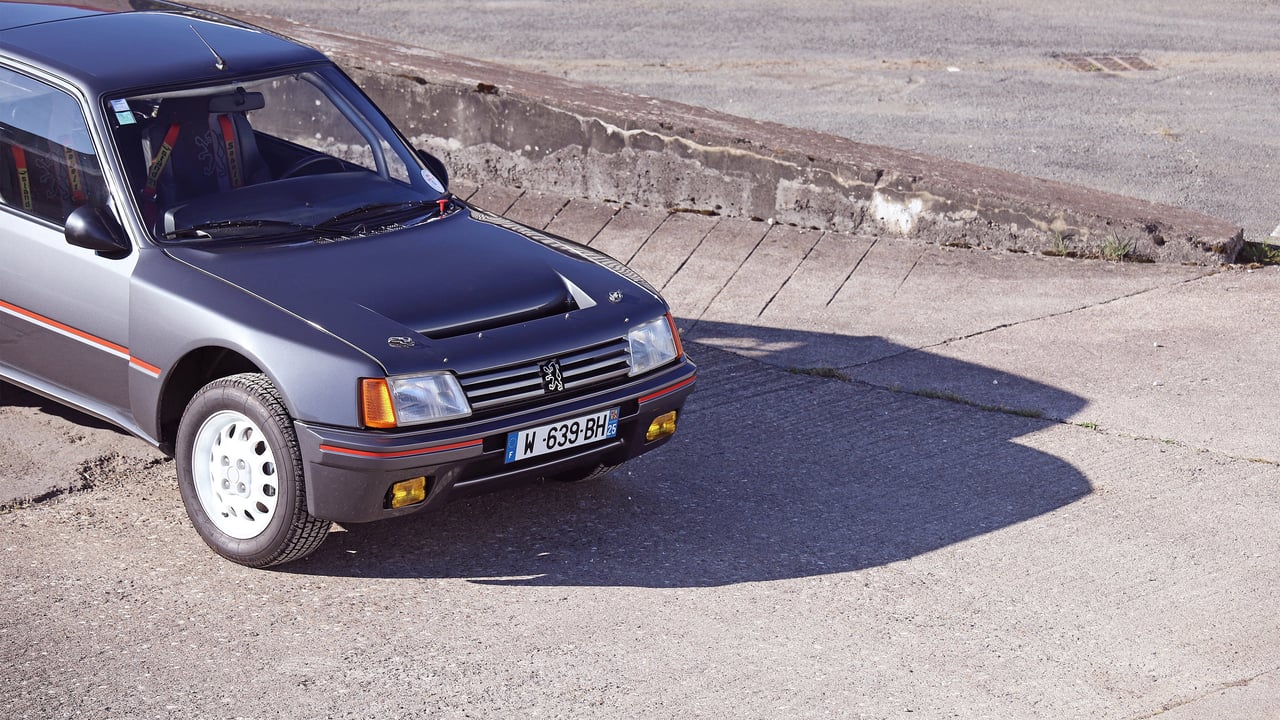
After a staggering 15 years and 5,278,050 units, spanning cabriolets to cargo vans, from one-off design specials to rally stage victors, the 205 was far more than just a do-it-all hatchback, it was the car that catapulted Peugeot into the modern era. Its worldwide appeal stretches from the mundane to the utterly mad, and the 205 Turbo 16 is the ultimate iteration, showcasing just how far Peugeot were willing to take even their simplest machines. While it might have cost the same as a Porsche 911 Carrera 3.2 or Ferrari 308 GTB when it was new, its charm and rarity has now made it into a collectible piece of motorsport-derived art, and for that, we love it even more. Long live the quirky French hatchback!




















